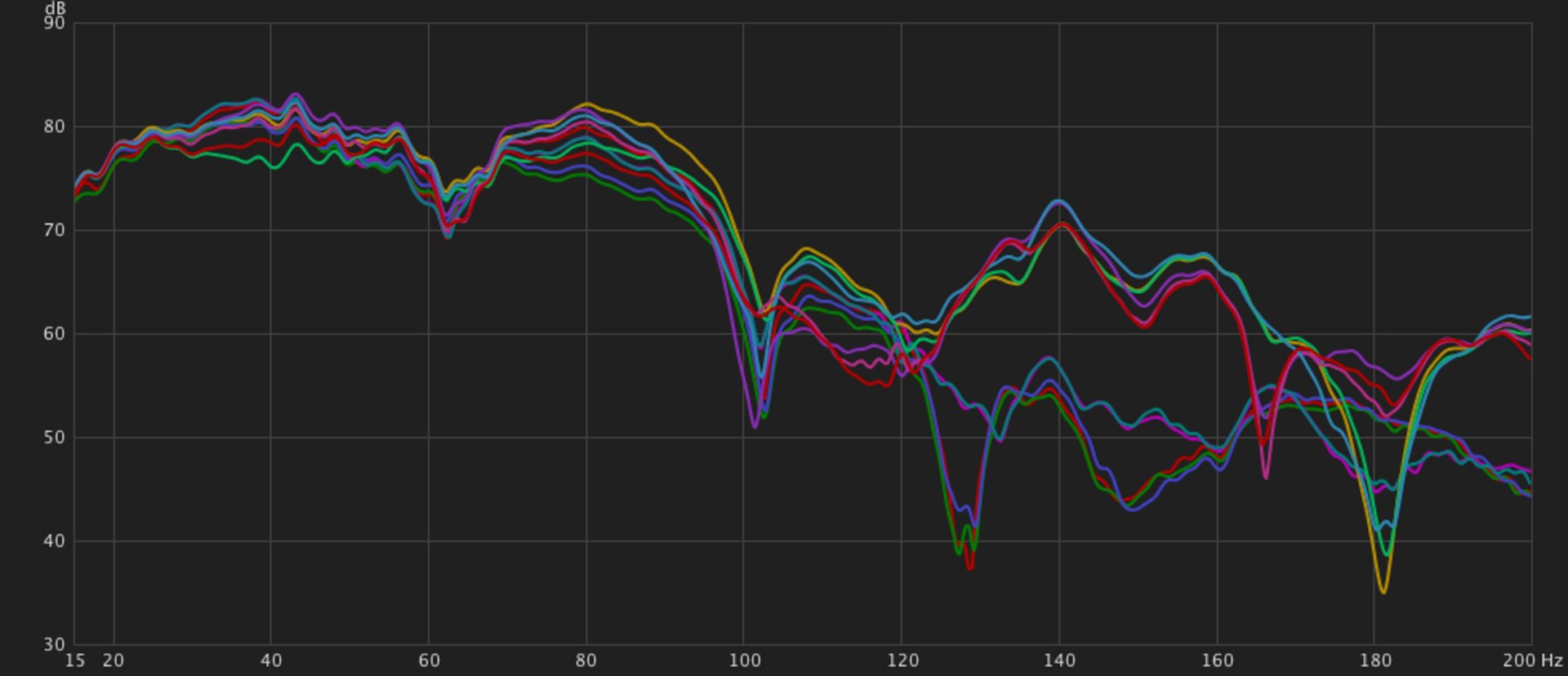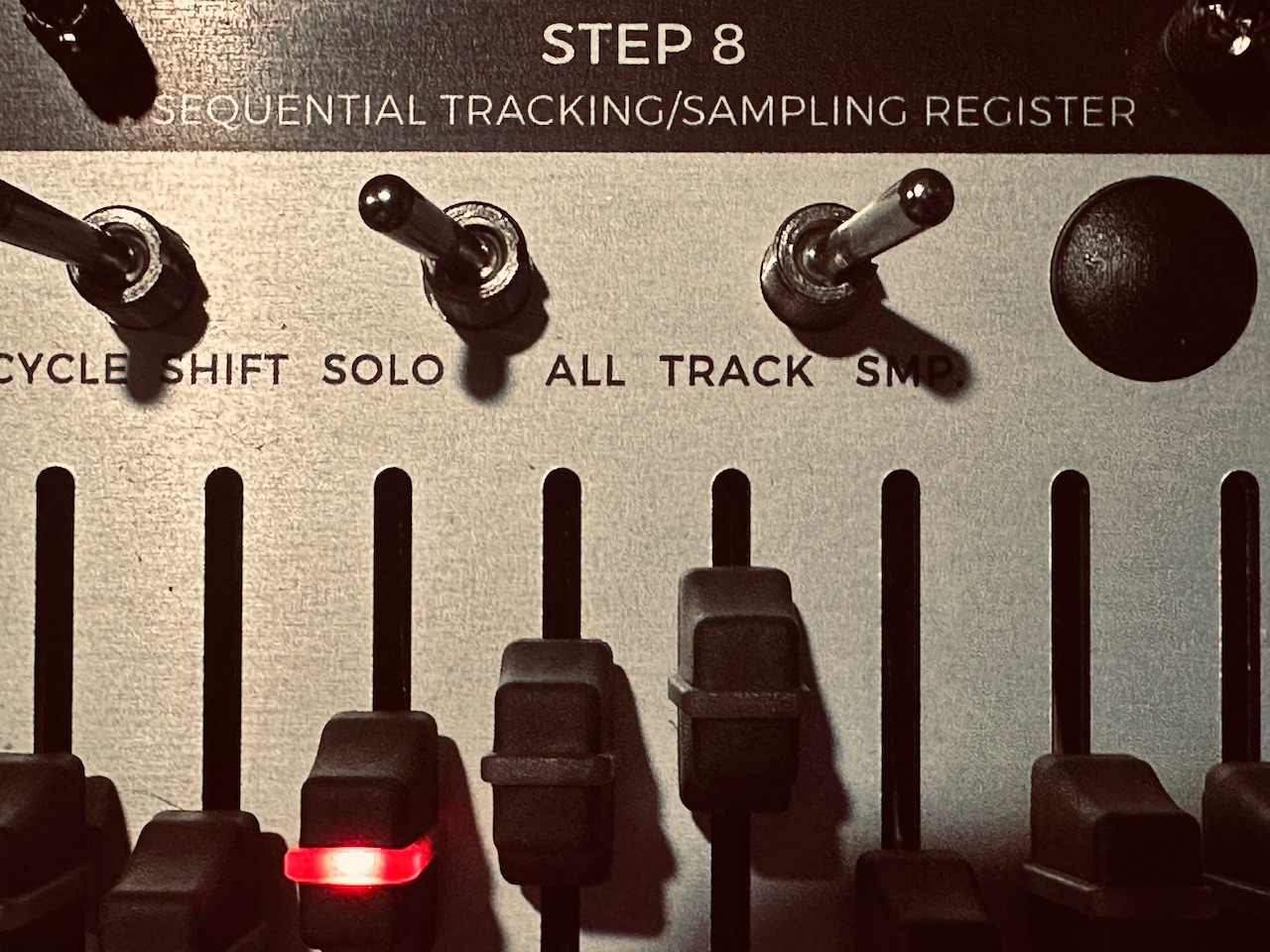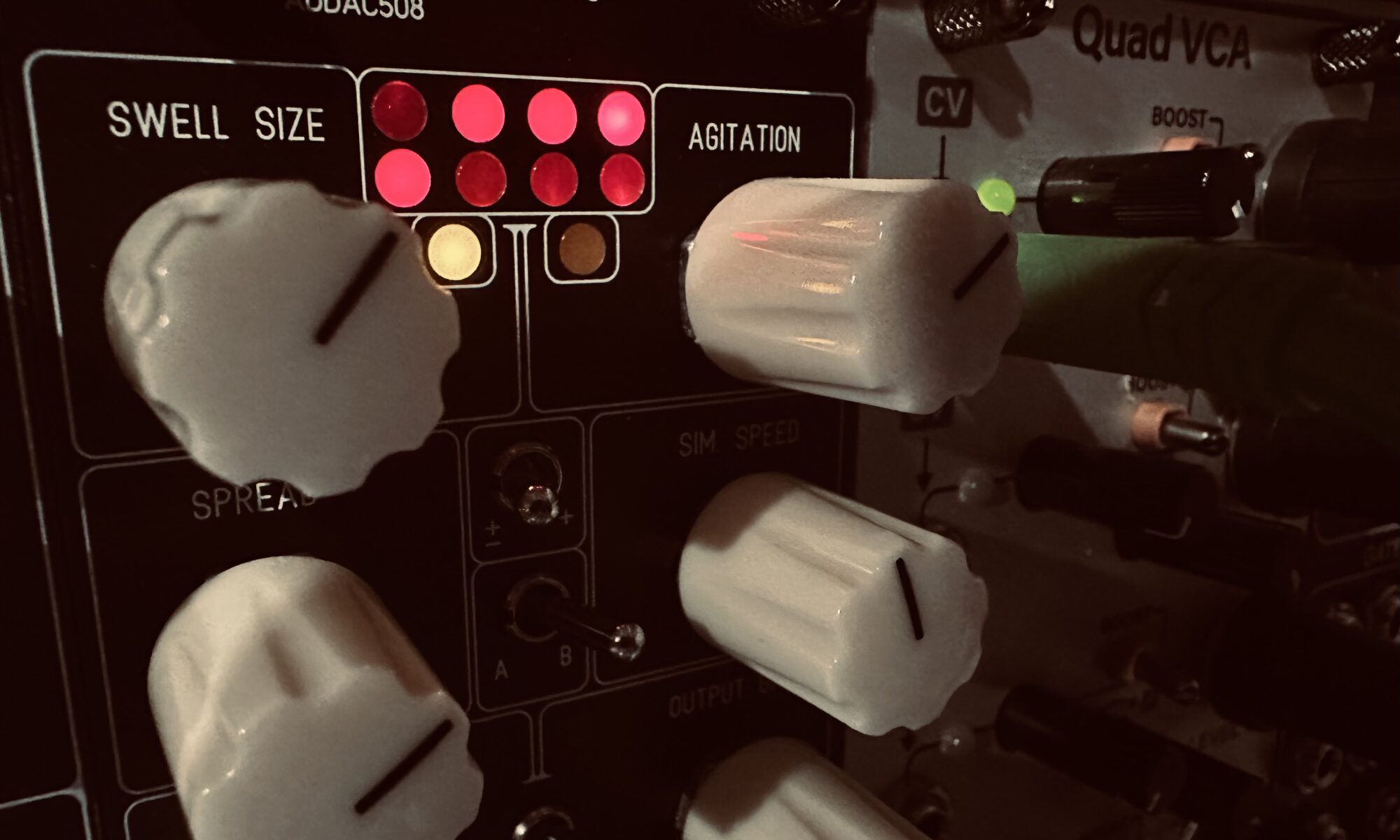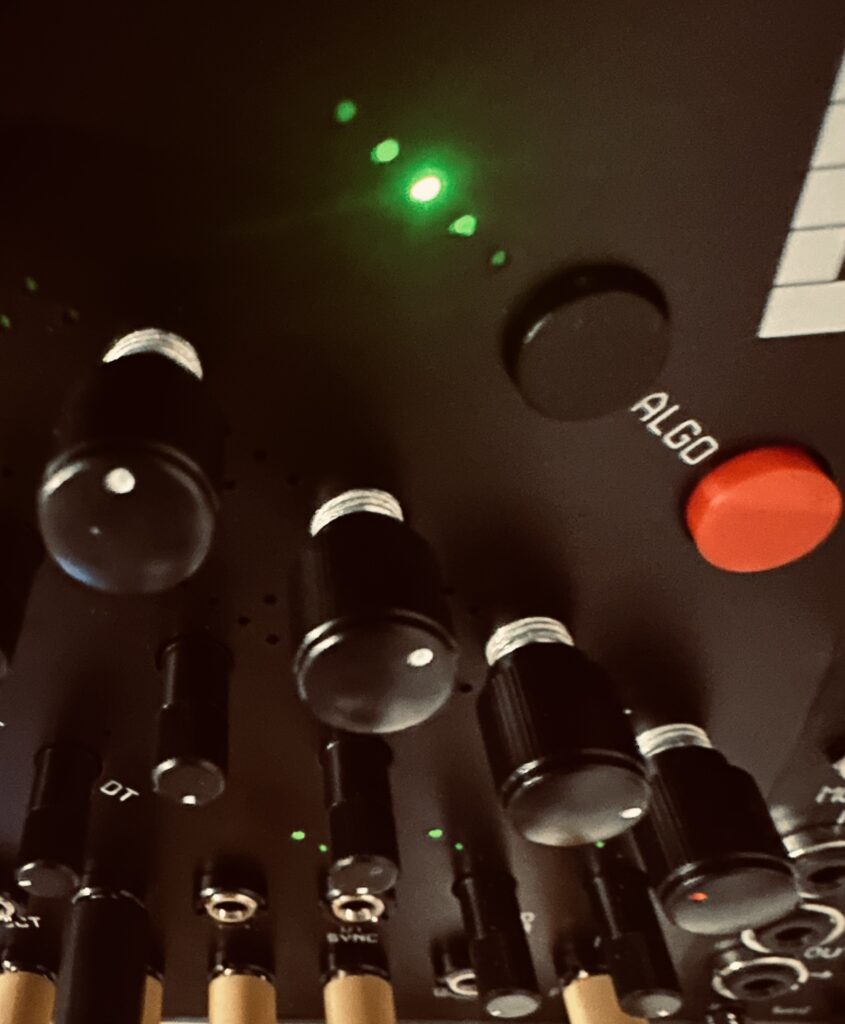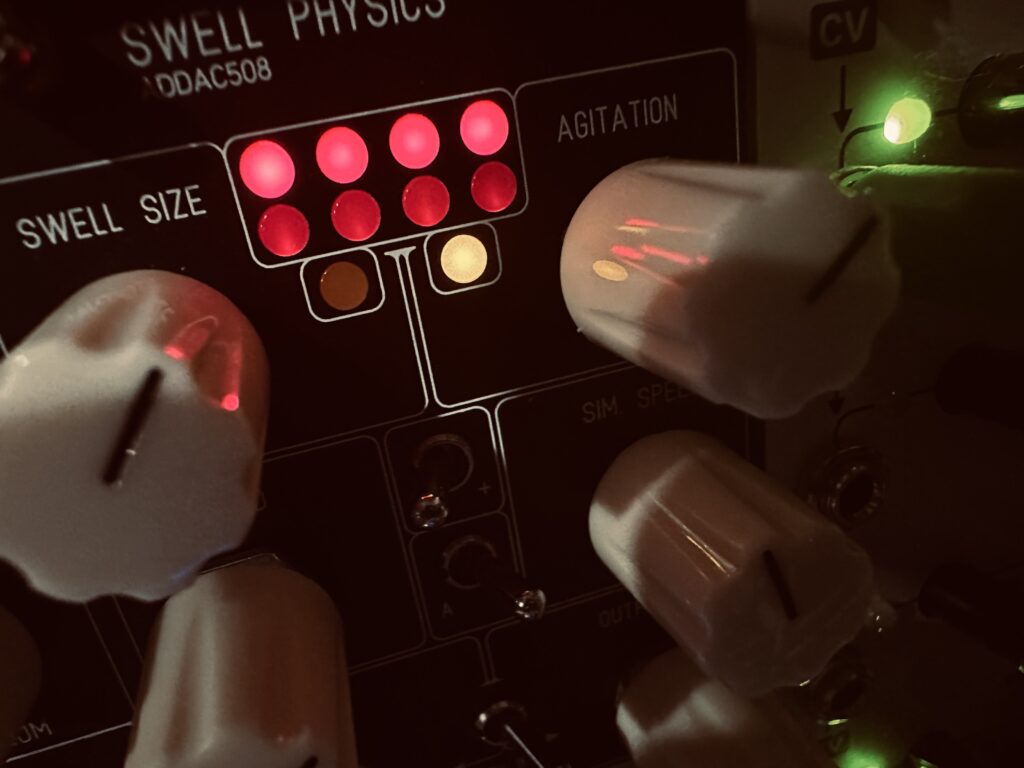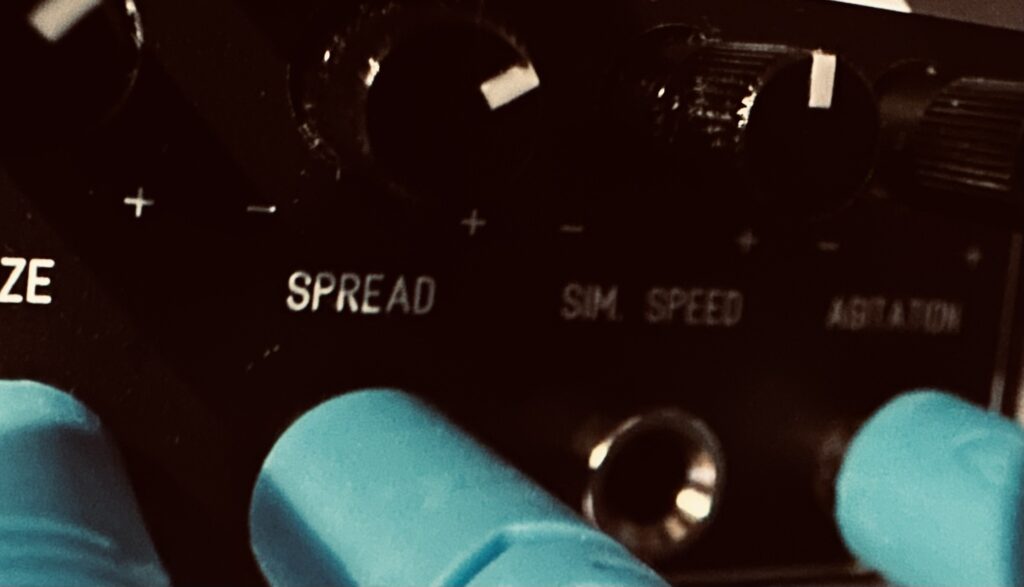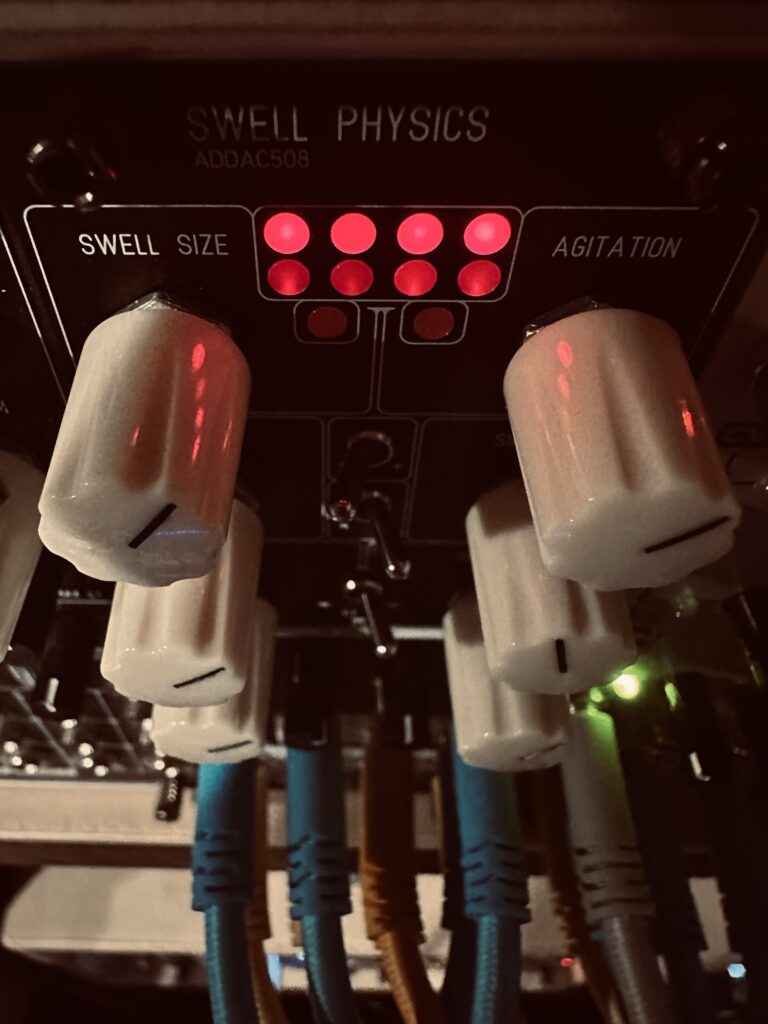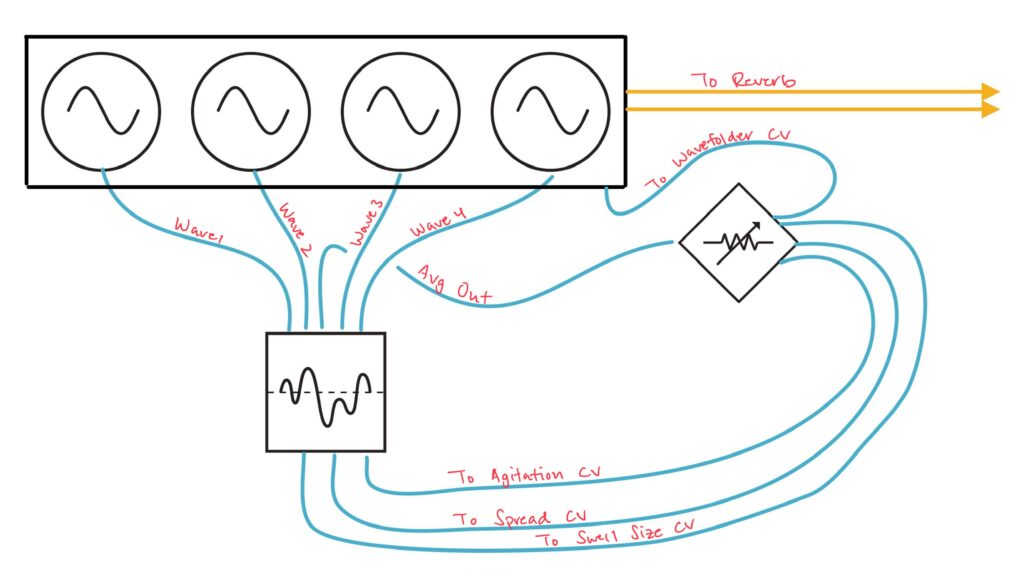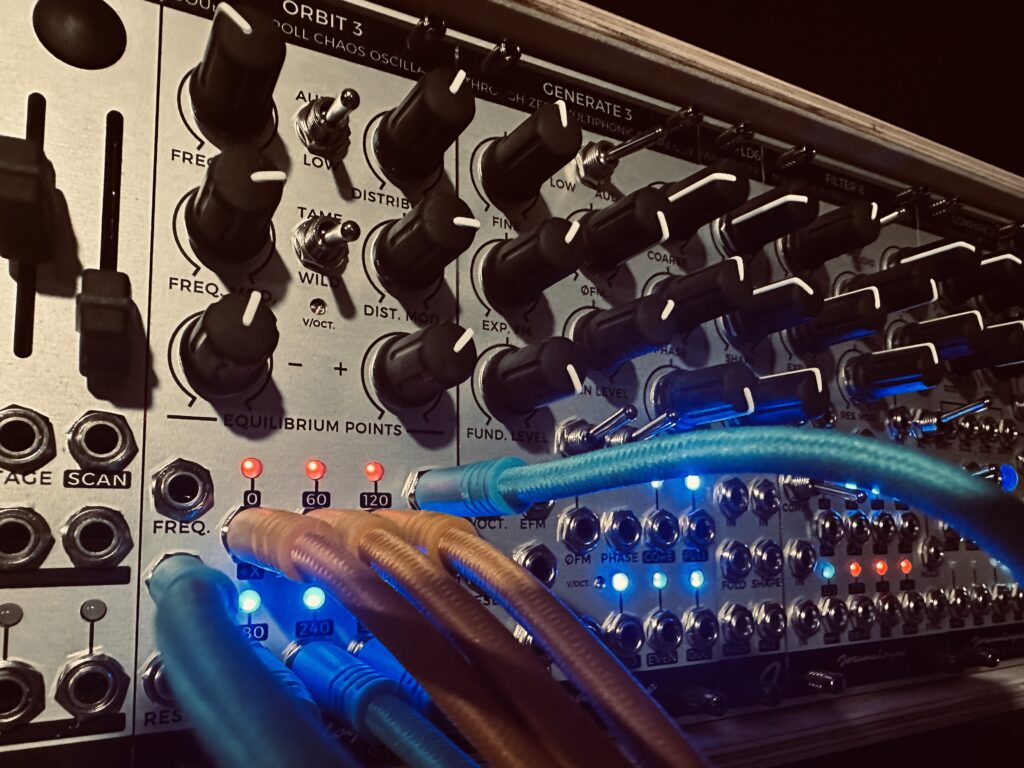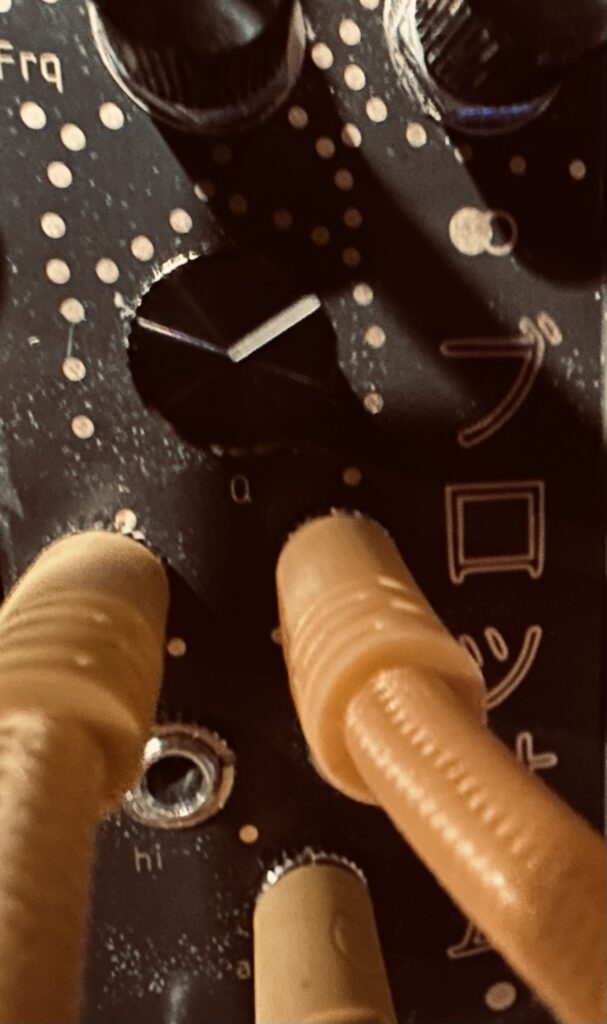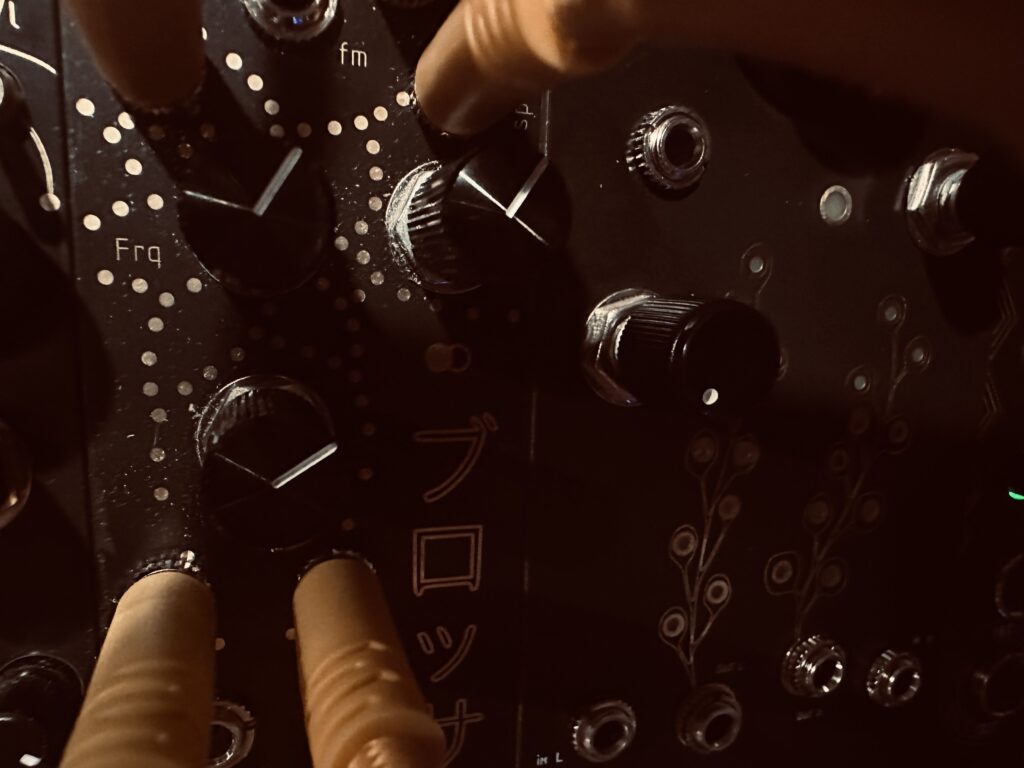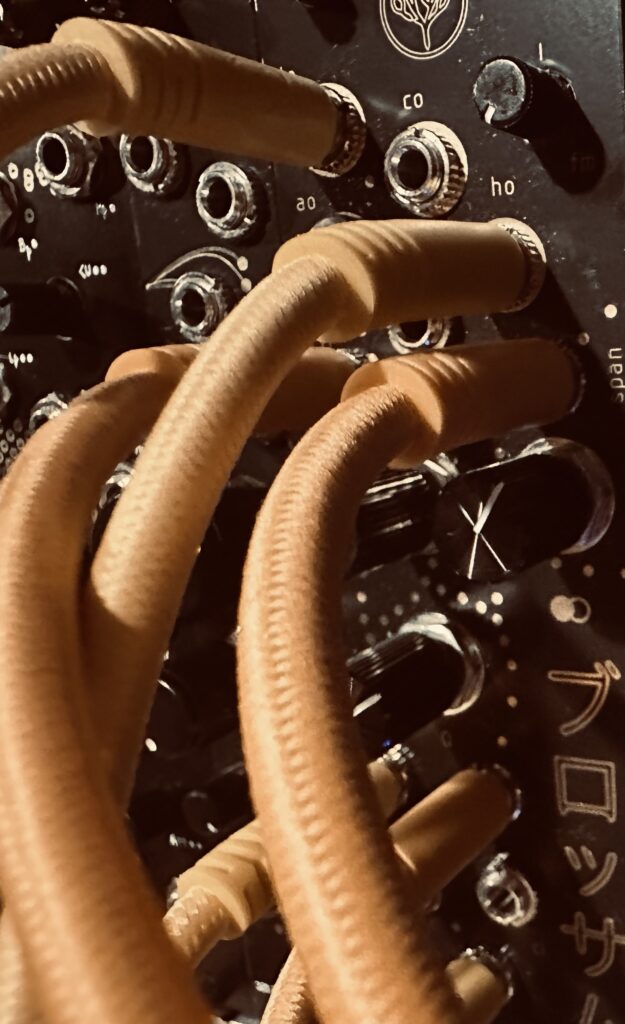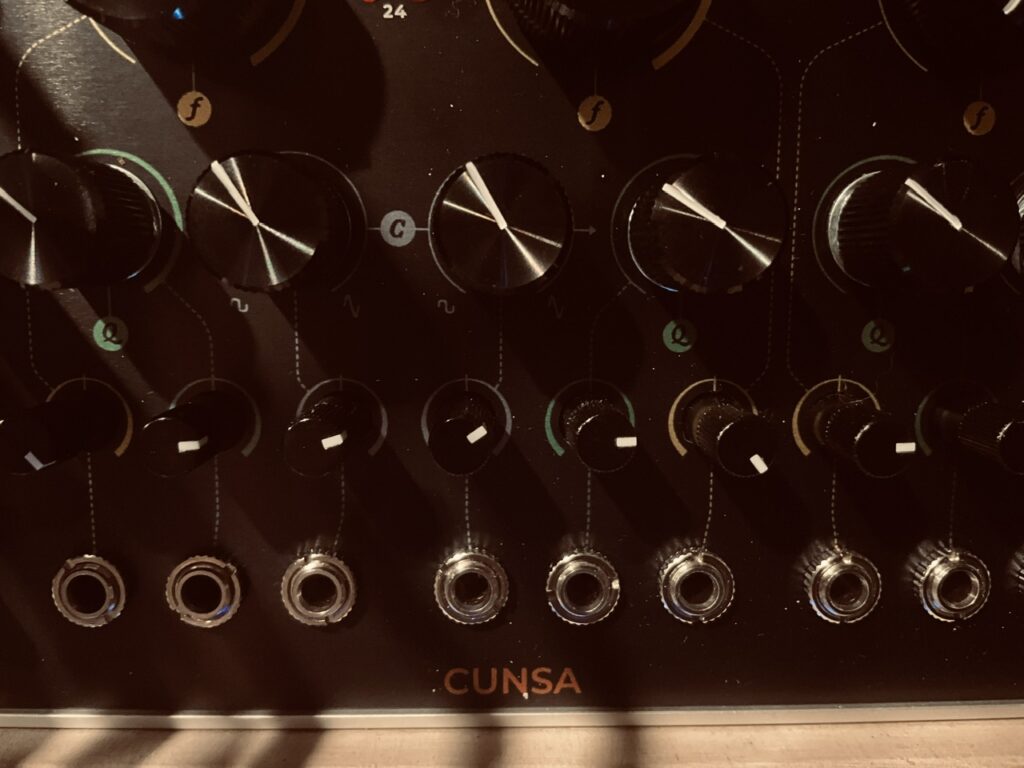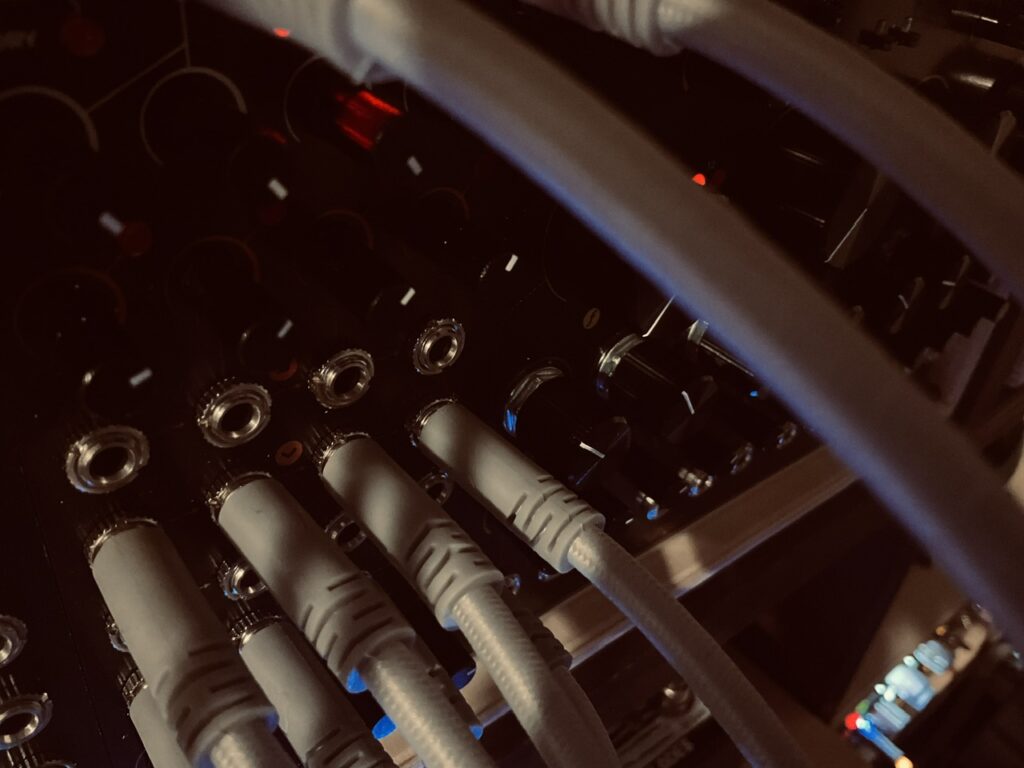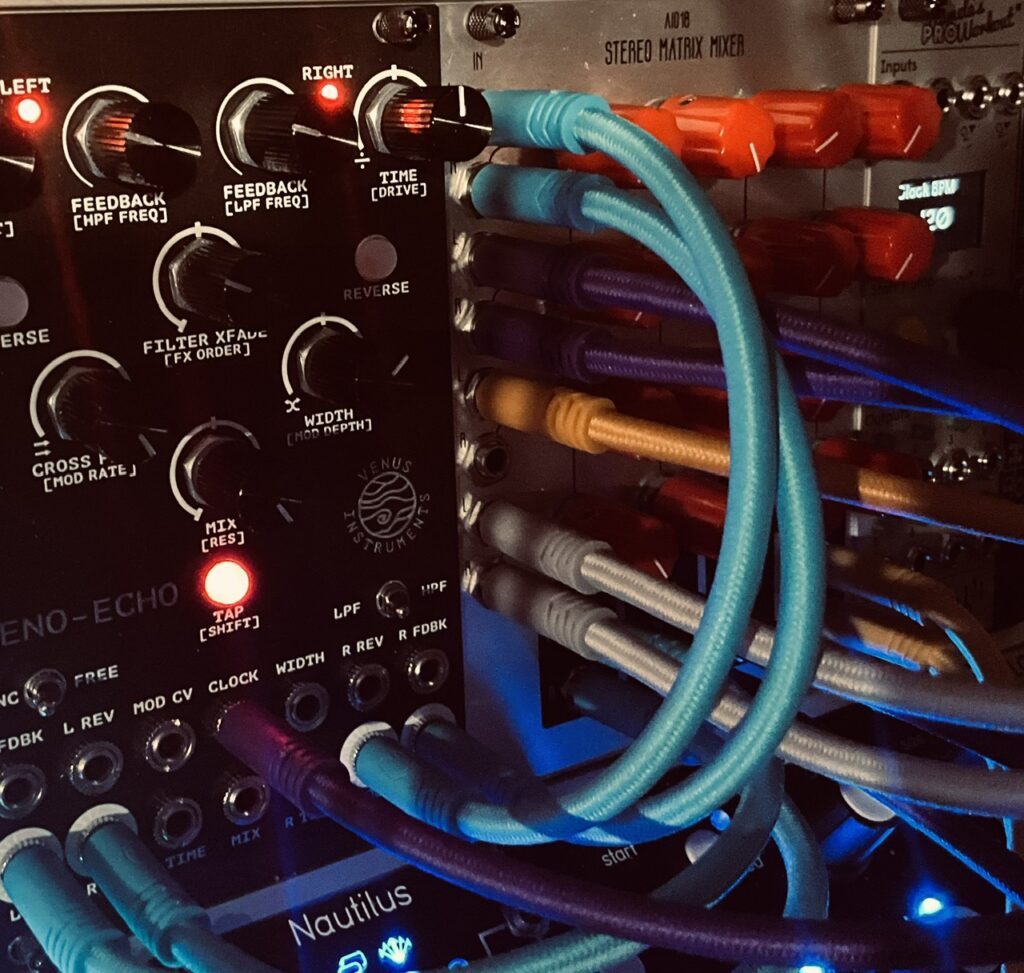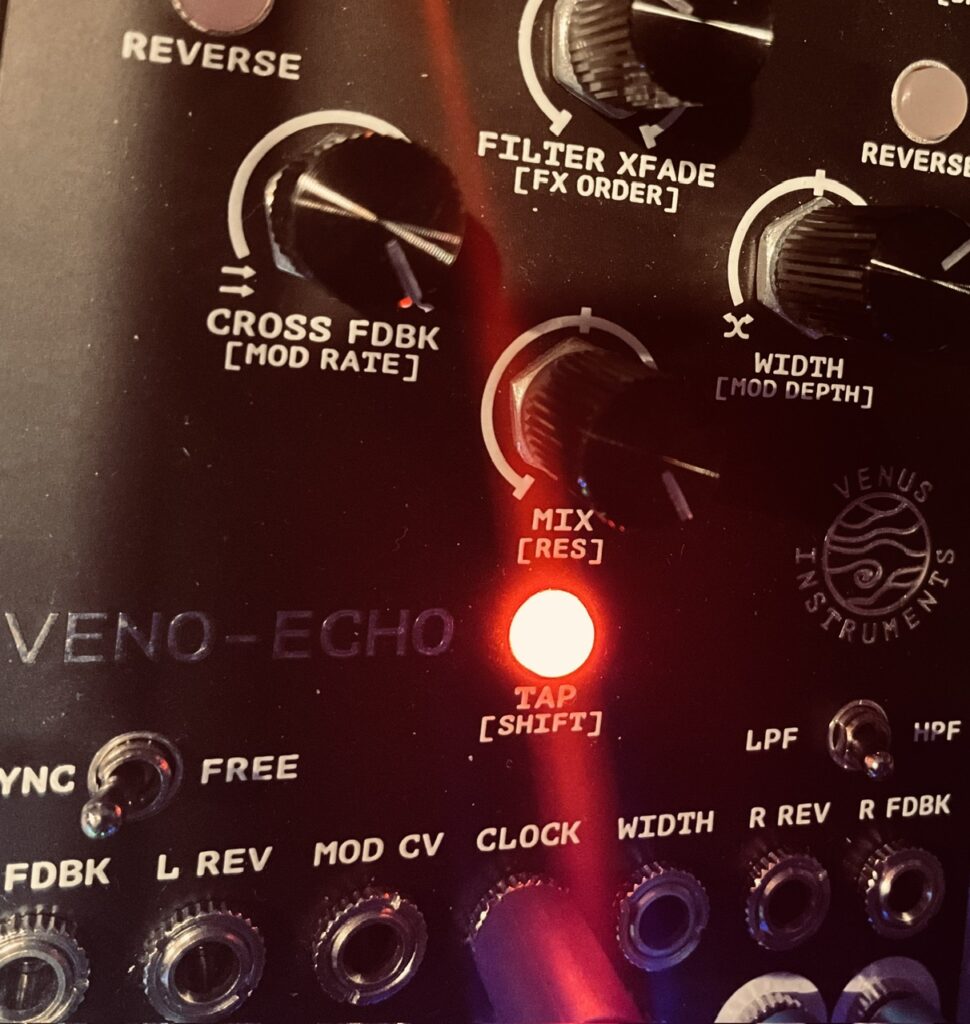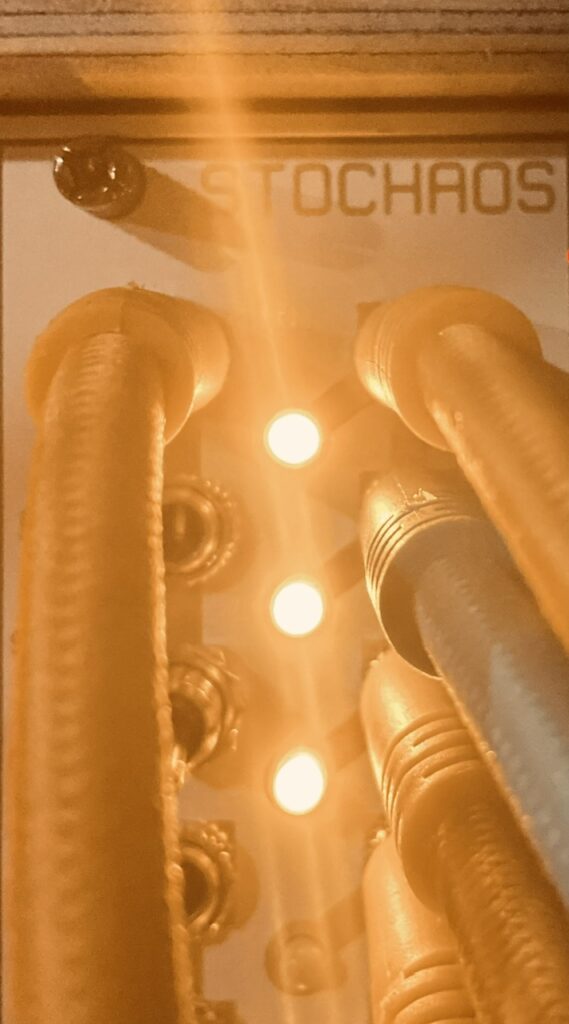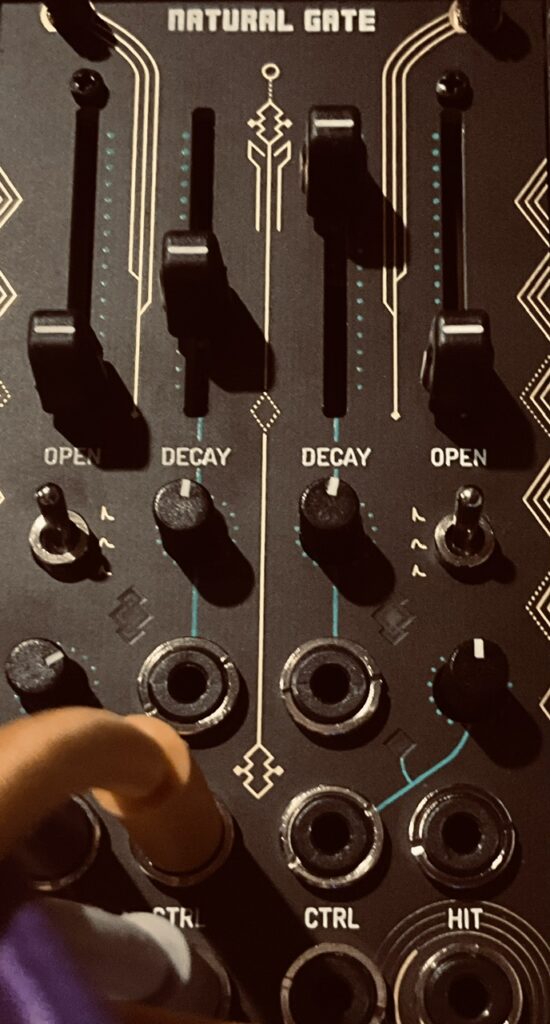I don’t really hate dancers, even if this patch might make you think I do.
I don’t trend towards rhythm driven music set to a time grid very often. And even when I do aim to have a rhythmic patch, it’s almost always doing something to mess with time. Jamuary 2501 is no exception.
The first patch of this wonderful Jamuary 2025 started as a desire to use an old and new piece of gear. I bought the Bizarre Jezabel Quarté a couple of years ago when I ran into several Bizarre Jezabel modules for sale at a retail shop in Germany. Until then, the only way to purchase one was to go through a labyrinthine process (for an American) of ordering directly.1 But when I first bought Quarté I didn’t get along with it well at all. I couldn’t figure out how to control the LPG, and what I got was a mess. The controls were crammed, and I sold it forthright. But a few months back I got another hankering to try the Quarté. The PT2399 delay chips are legendary for their lo-fi character, and the quad nature of it as a LPG and delay is right up my current alley of interest. I went on Reverb and grabbed the first one at a decent price, only this one was the updated Quarté Mk2, with a new wet/mixed switch, and some very clever normalizing across channels. The Mk2 can be used in several output configurations, including stereo or quad mono. But the crunch of the delay is what this module is all about.
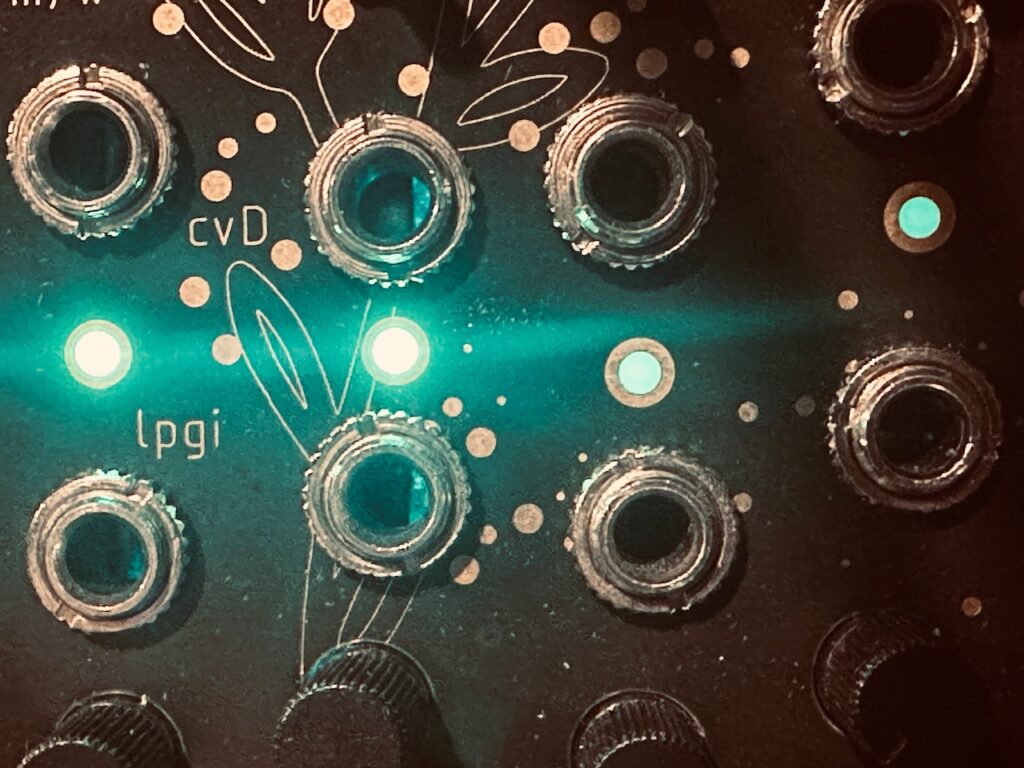
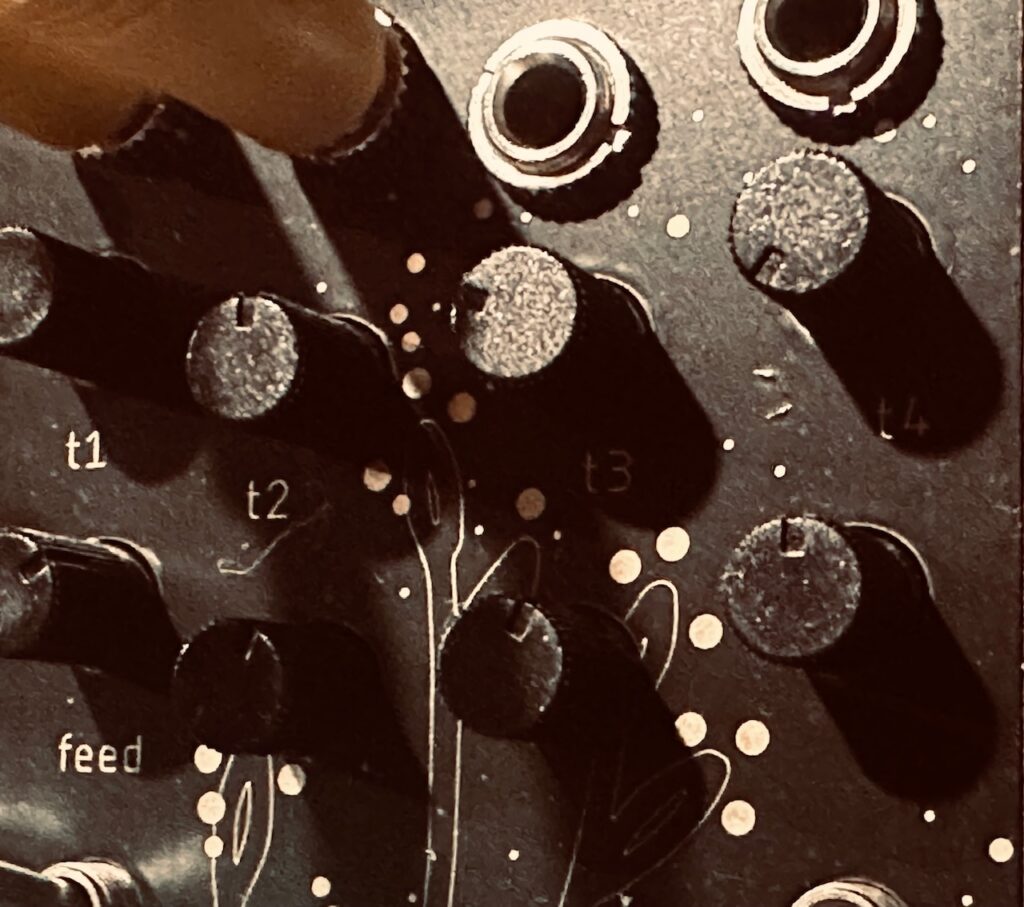
Quarté Mk2 is not hard to use, but it is difficult to maneuver. Small, unmarked trim pots in very bad places make wiggling a chore when cables are patched in, particular the “t” and “lpgi” trim knobs. The introduction of a wet/mixed switch (which is a 50/50 mix) is very nice. The vactrol-based LPGs sound good, but are quite aggressive, and with a fairly short tail. It’s not always the right sort of strike, which is why I opted to use a Natural gate to articulate notes in this patch, with the Quarté as a delay only.
Most of this patch is pretty simple. Two outputs from the Joranalogue Generate 3 were mixed together and sent to a Natural Gate. The sequence is derived from the Joranalogue Step 8. Both the Natural Gate and Step 8 are clocked by Pam’s Pro Workout, from separate outputs clocked at different rates. The kick was made by Ringing CUNSA, and the hats were blue noise from Sapel sent through a HPF (also CUNSA). Both were triggered by a x8 click output, via the CuteLab Missed Opportunities at increasing levels of probability.
But why is this music for people who hate dancers? It’s pretty groovy. It’s a good tempo for the nightclub. But there is a wrench. At some points, there was an envelope that ripped through the sequence, disrupting the timing and jolting the groove. It’s sudden and unapologetic. The sequence always got back on the grid quickly, but not always in the same spot it was before things were rudely interrupted. It’s jolting and not conducive at all for dancing. I’m sure I’d get thrown out of the club were I to play something like this.
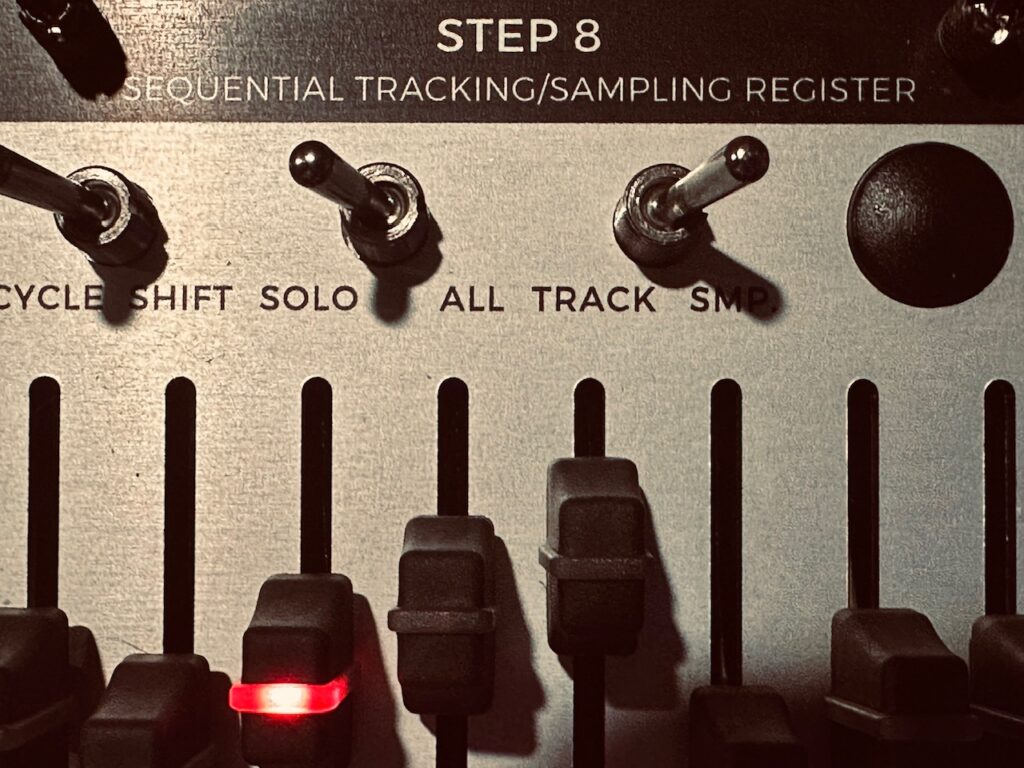
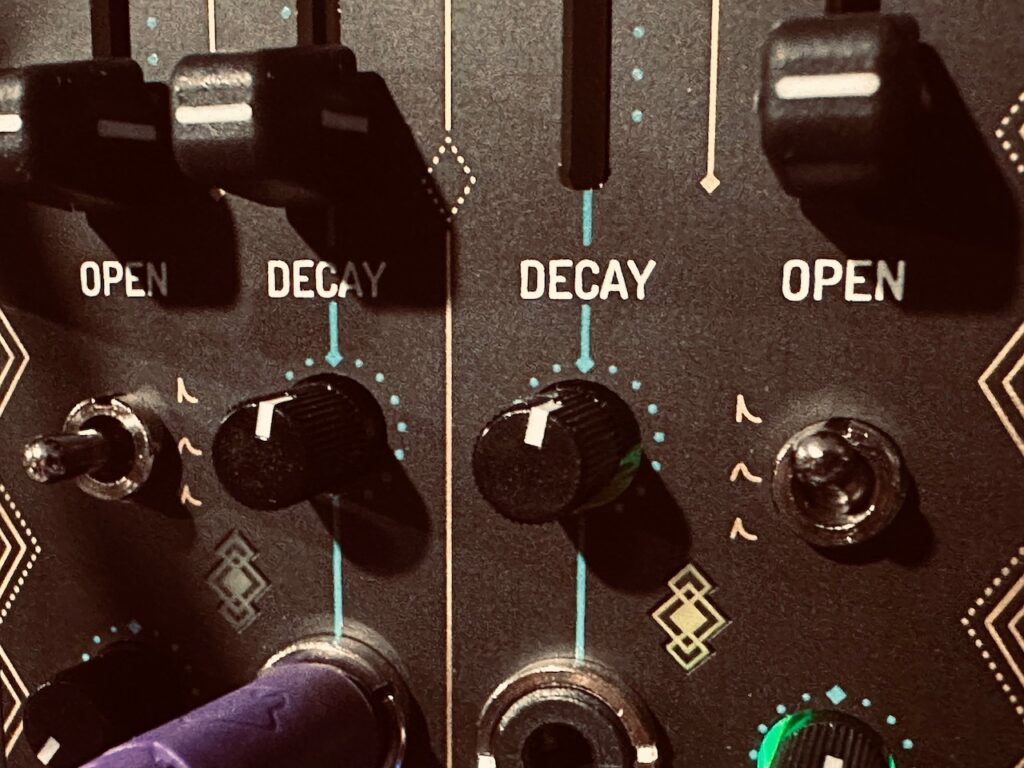
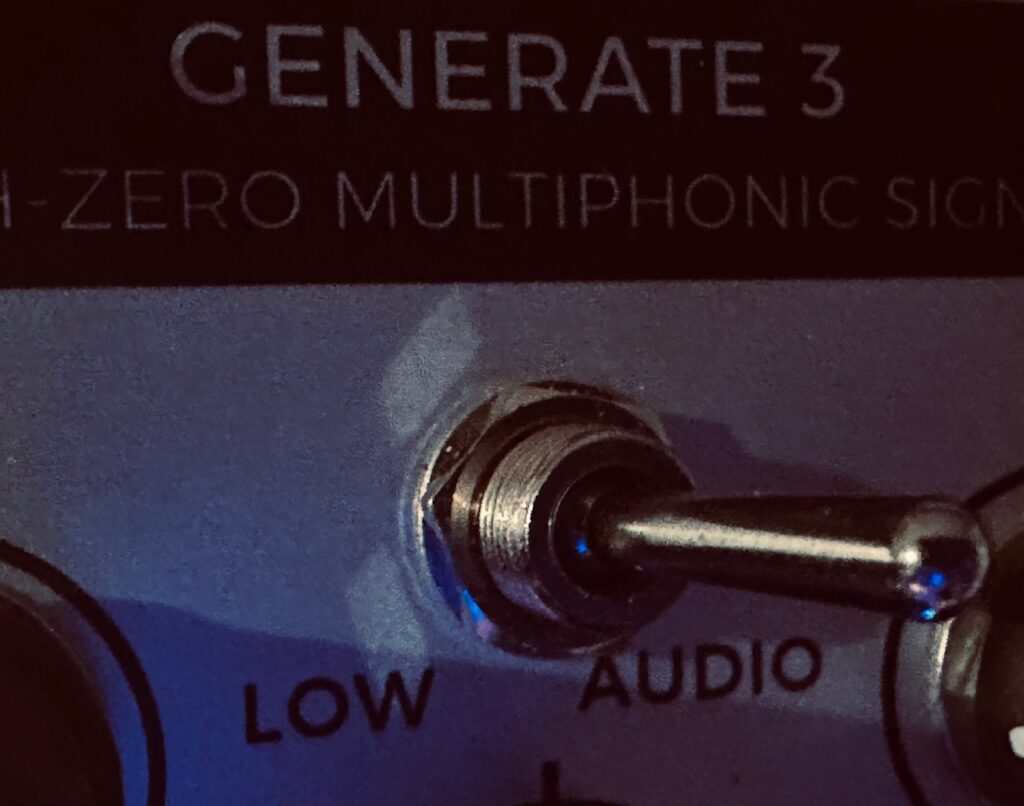
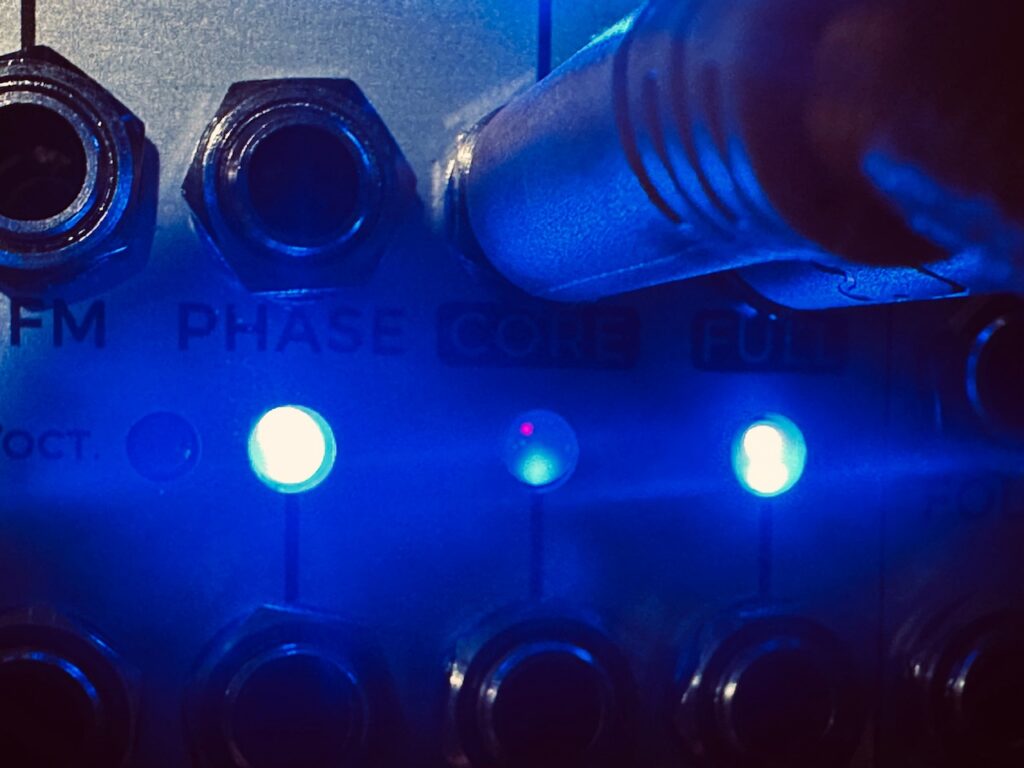
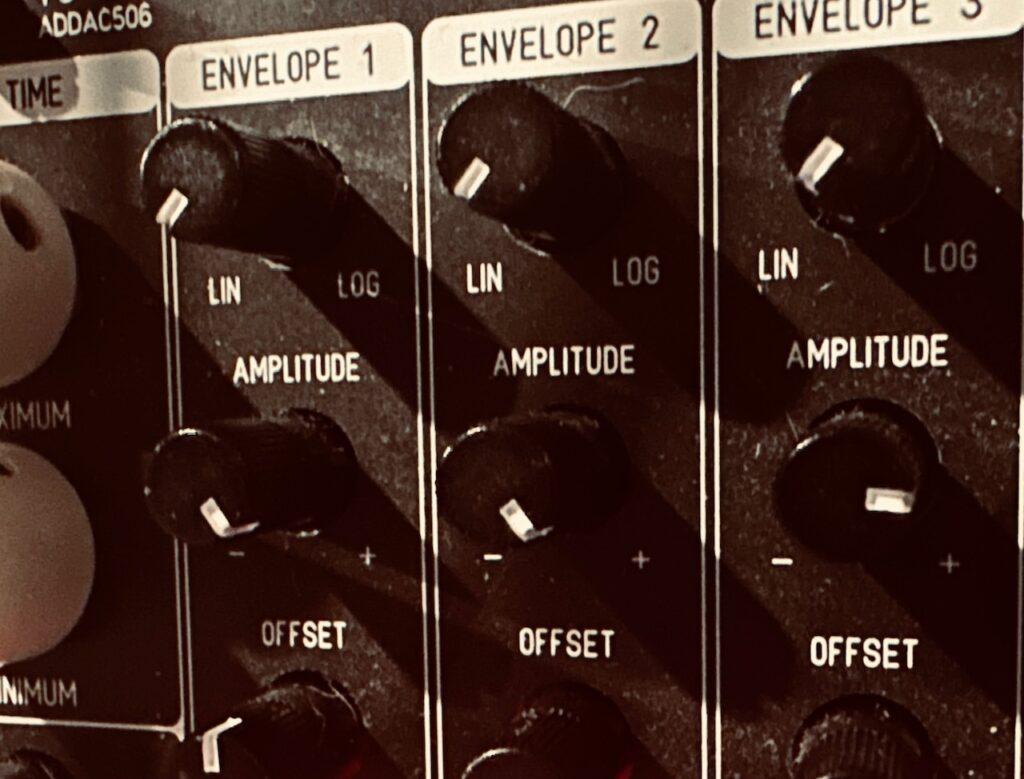
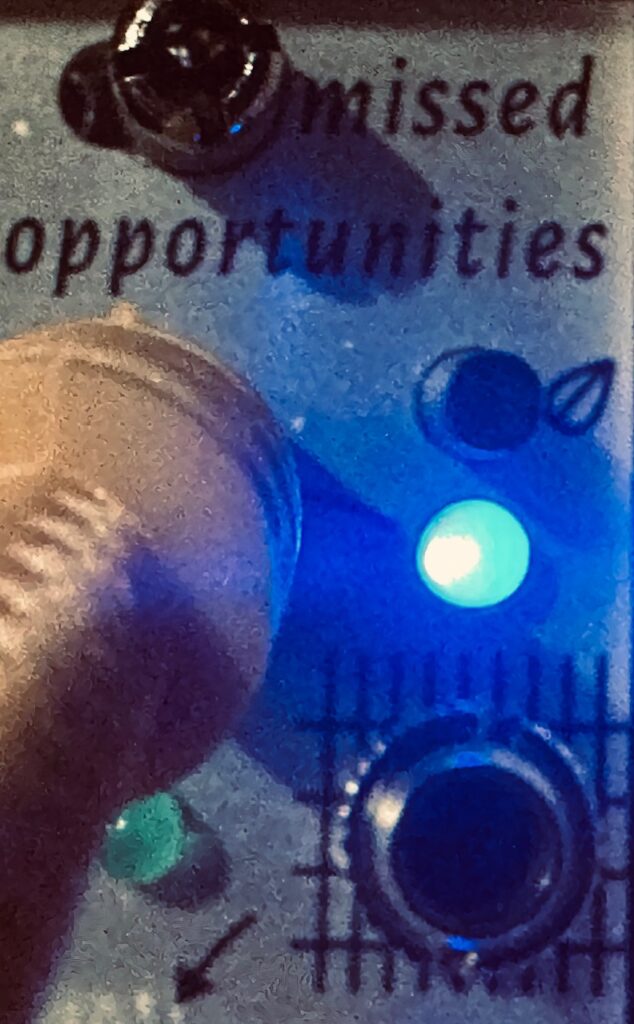

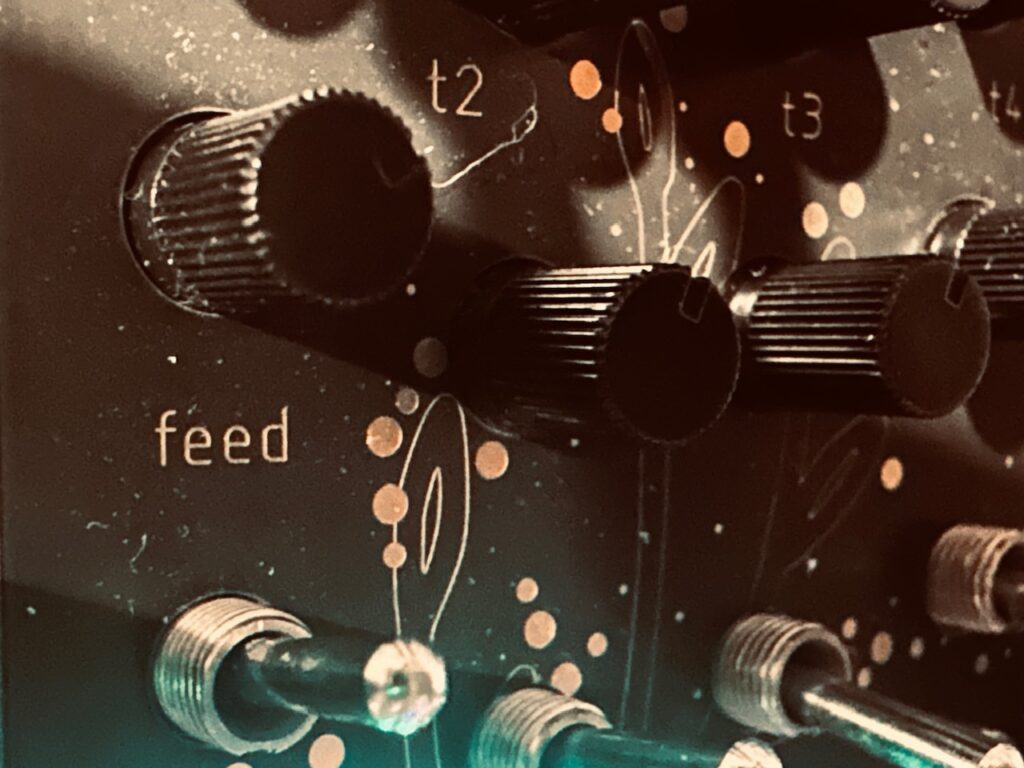
Modules Used:
Joranalogue Step 8
Joranalogue Generate 3
Joranalogue Contour 1
Joranalogue Compare 2
Frap Tools 333
Frap Tools Sapel
Frap Tools Falistri
Frap Tools CUNSA
ALM Busy Circuits Pamela’s Pro Workout
CuteLab Missed Opportunities
Addac Systems Addac506 Stochastic Function Generator
Rabid Elephant Natural Gate
Bizarre Jezabel Quarté Mk2
AI Synthesis 018 Stereo Matrix Mixer
Xaoc Devices Samara II
Knob Farm Ferry
Outboard Gear Used:
Walrus Audio Slöer
Performed and recorded in 1 take in AUM on iPad via the Expert Sleepers ES-9.
- Payment required direct international wire transfers with no purchase protection, and expensive fees to execute. ↩︎
